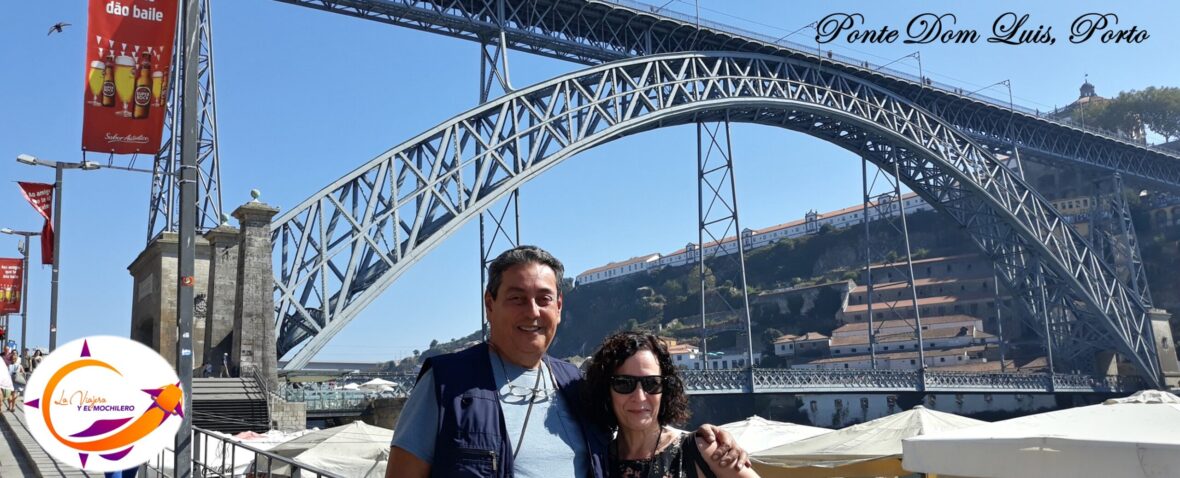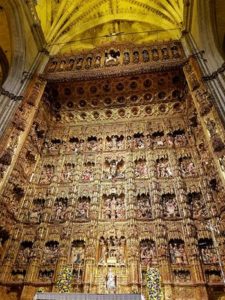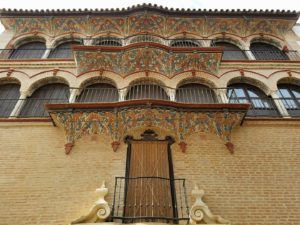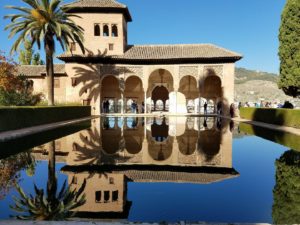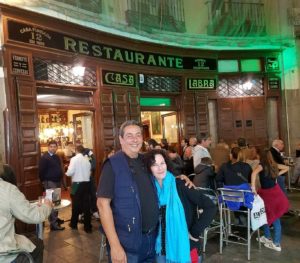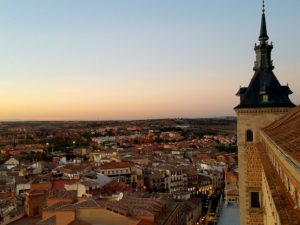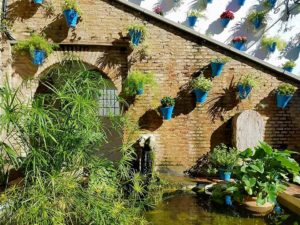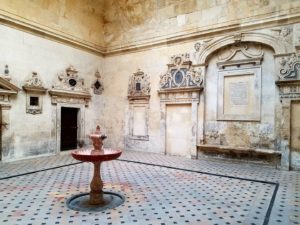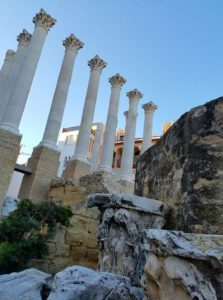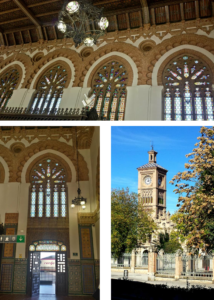
Inaugurated in 1919, Toledo’s Railroad Station was declared as a Place of Cultural Interes; in the category of monuments on November 21, 1991. This is the work of Architect Narciso Clavería and his neo-Moorish style. Bricks, stone, iron and cement was used in its construction. In 2005 it was restored with the advent of the high speed trains. It is located to the east of the city. Continue reading “Railroad Station of Toledo”
